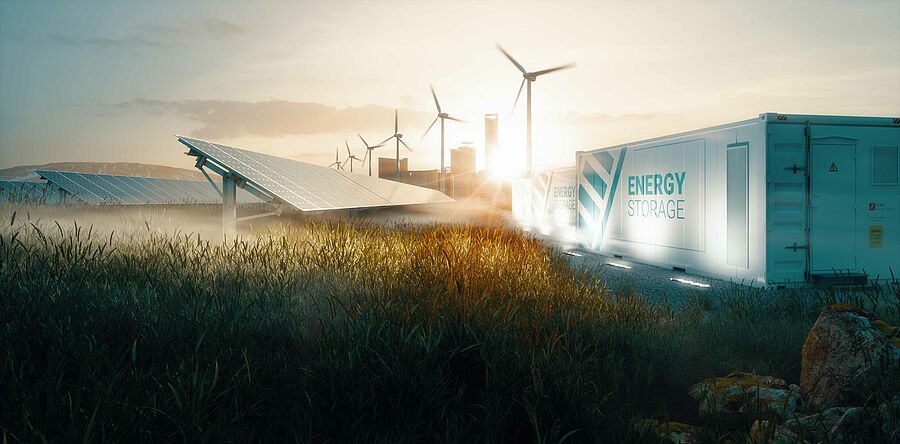The optimization potential of VBAs (Traffic Control Systems) raised in terms of energy self-sufficient and economic use. As a result, a simulation tool was developed that will be used for future planning.
VBAs are usually connected to the public power grid. This type of energy supply is sometimes associated with enormous costs for the production and operation, and ultimately life-cycle costs (LCC). The project was tendered with the goal of the reduction of the LCC and carbon dioxide as a result of emission-free, self-sufficient energy provision. The ultimate goal of the project was to develop a simulation tool that can model an energy self-sufficient supply of different VBA variants on the basis of the LCC and compare it to a grid-connected energy supply. Basically, based on the configuration of the VBA and its geographical location, a load profile as well as a generation profile are created, from which any necessary storage is determined. Subsequently, the amount of cost deliberations and the configuration of the execution variants with the low LCC are generated. All results and simulation basics are then summarized in a report.
In the future, the simulation tool will be used as a planning tool in the construction of new VBAs.
Abstract (In German)
Contractee
Bundesministerium für Verkehr, Innovation und Technologie
ASFINAG



